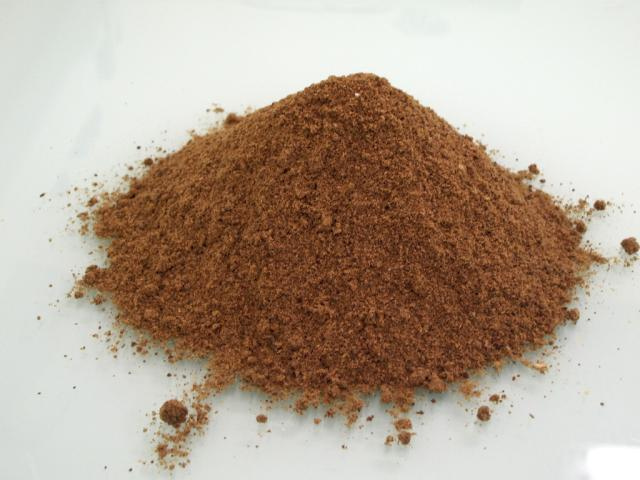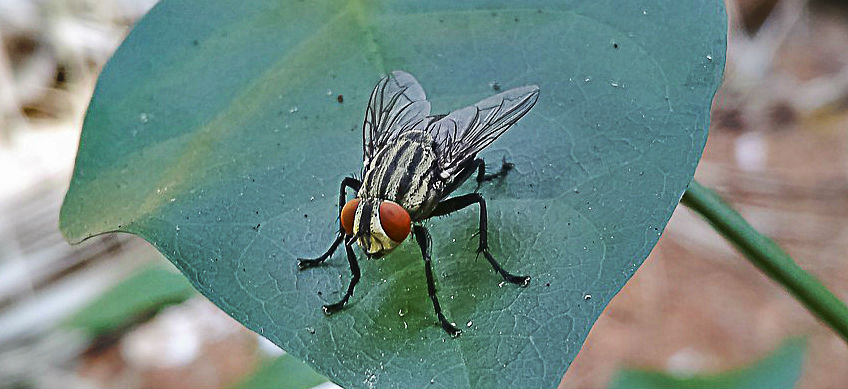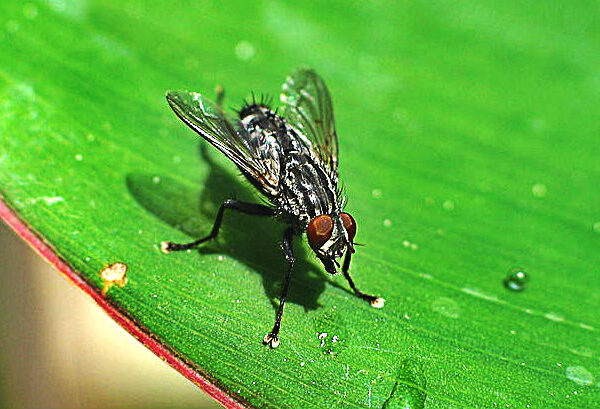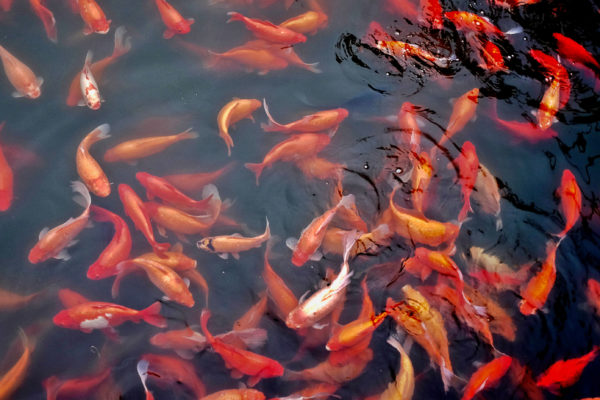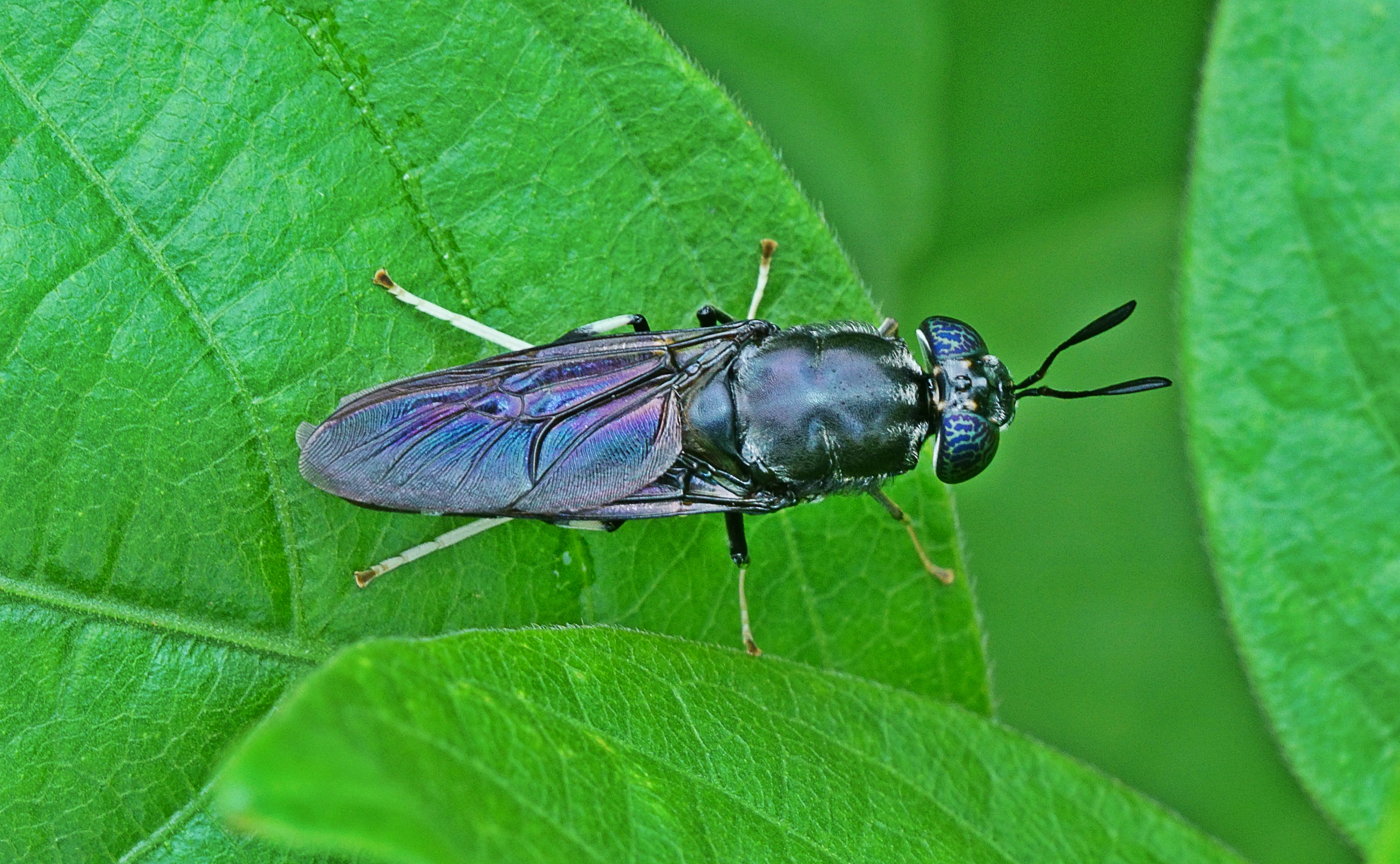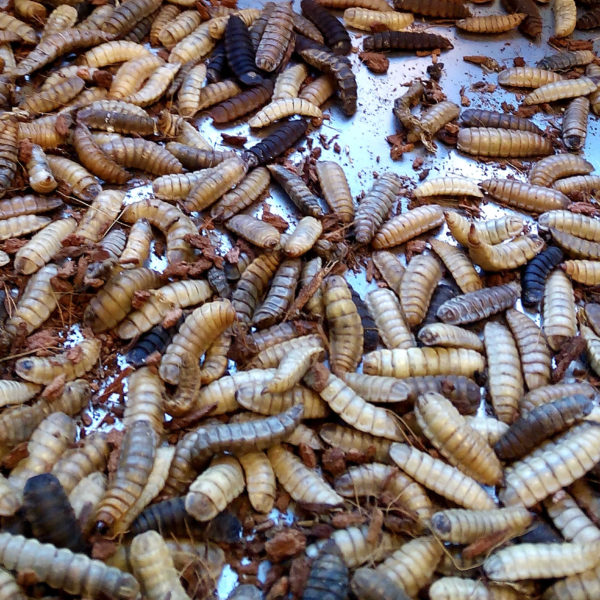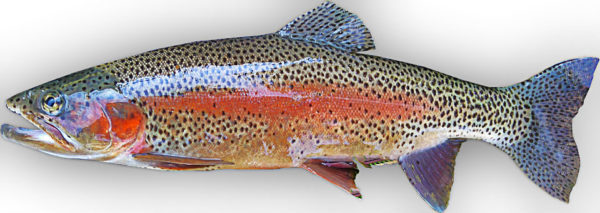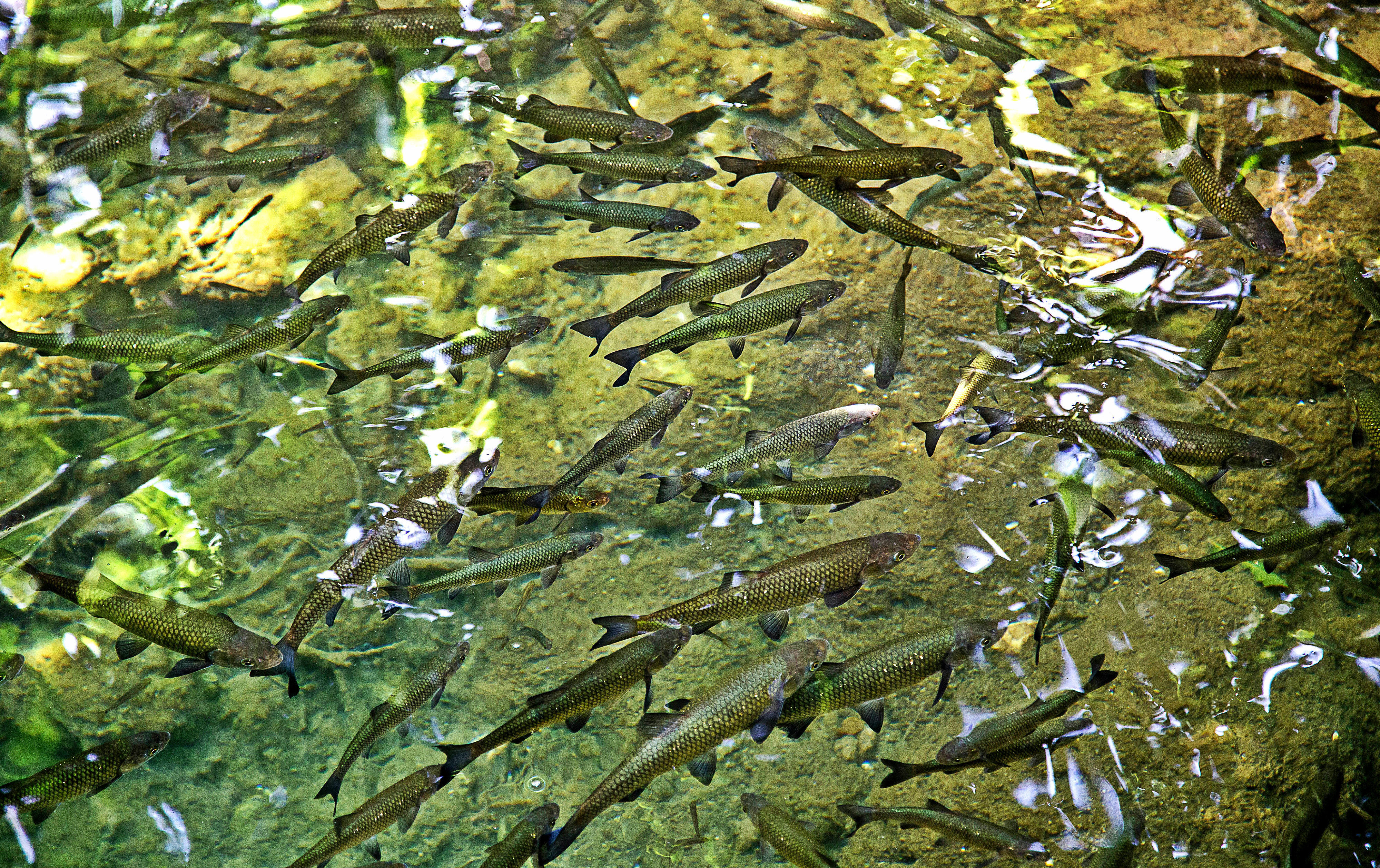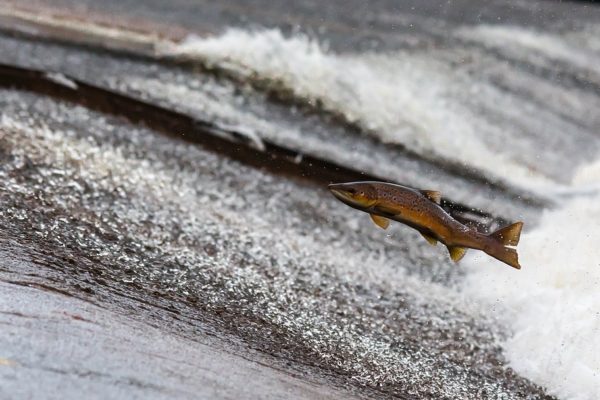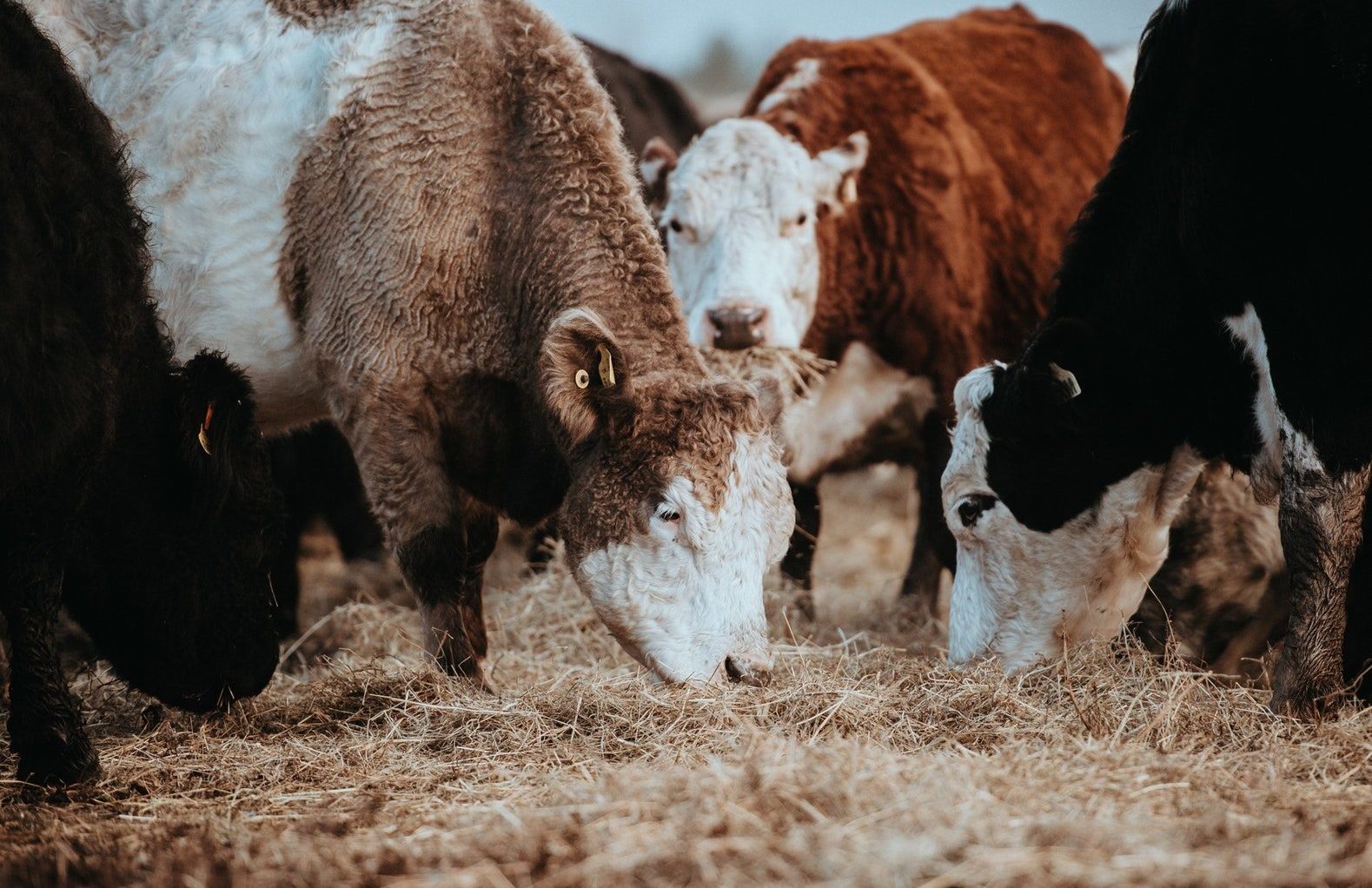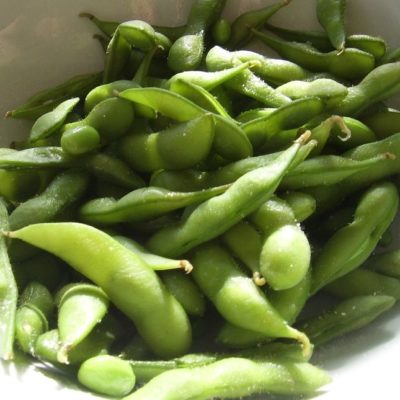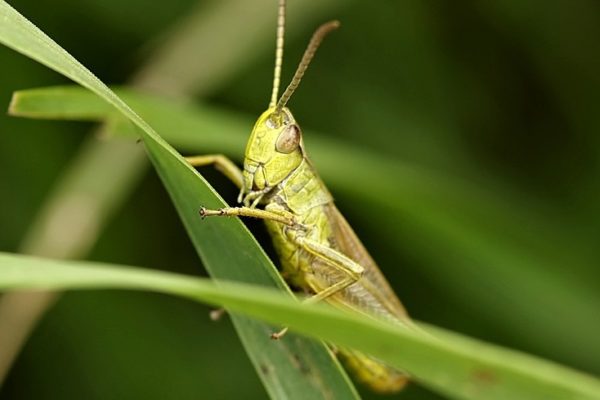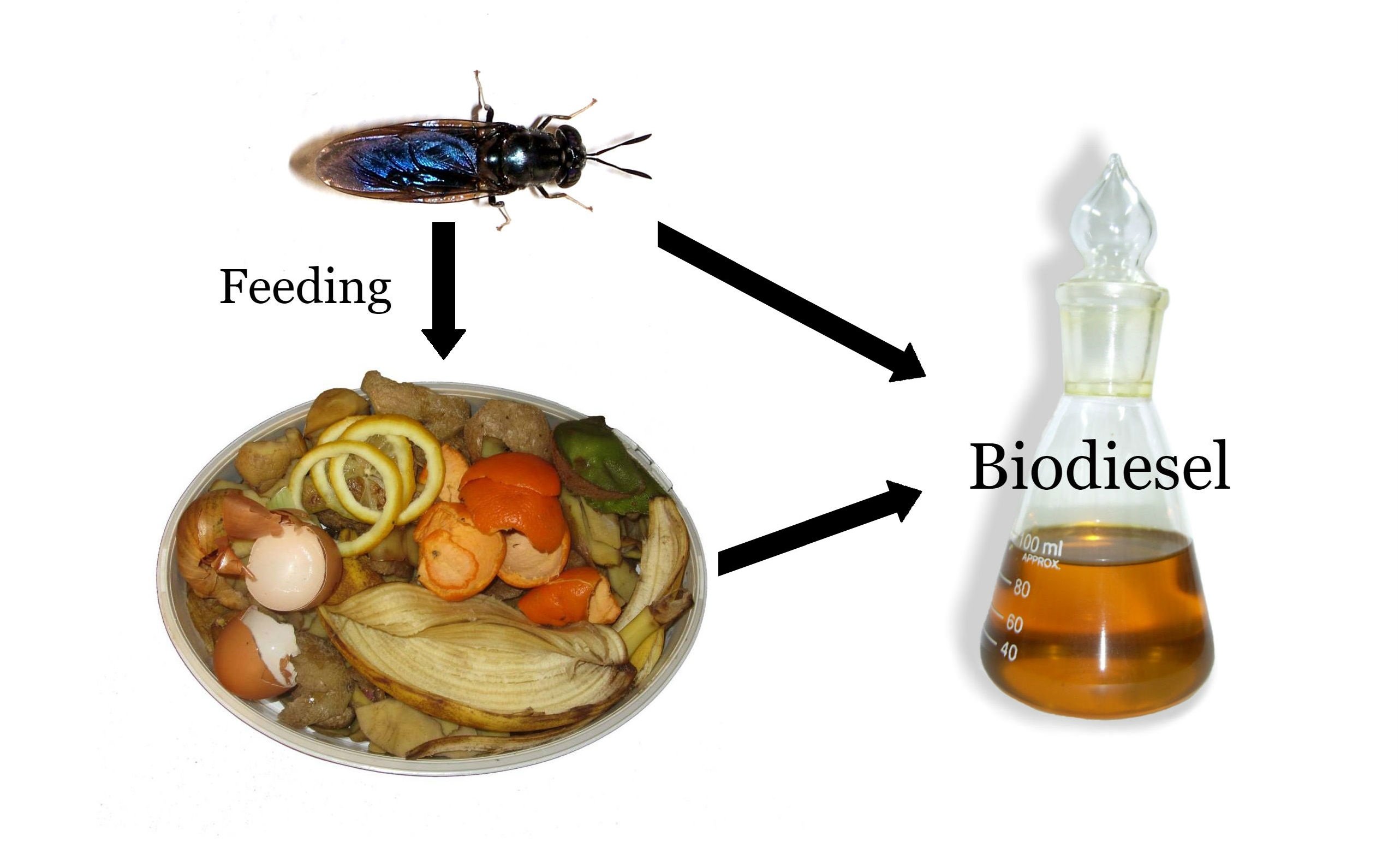
Black Soldier Fly for Biodiesel production
21.02.2017 / Scienceandmore / Category: Animal Biology
Large amounts of organic wastes accumulate worldwide every year. These wastes comprise for instance of slaughterhouse wastes (approximately 500 million tonnes in the EU annually), whey from cheese production (approximately 50 million tonnes in the EU annually), kitchen and food wastes, and wastes from crop plants, such as crop straw. In attempts to reduce the amount of organic wastes, fat from slaughterhouse wastes is used for the production of bioplastics by the non-pathogenic bacterium Cupriavidus necator for instance (1). In attempts to simultaneously access the waste’s intrinsic energy, organic wastes high in lignocellulose, which is a major component of the cell walls in woody plants, are used to obtain biogas, such as methane, by digestion with anaerobic bacteria (2).
Even though these waste recycling methods reduces the amount of waste, there are still large amounts of organic wastes unutilised. Another way to exploit these resources is the production of biodiesel. Commonly, edible oils from rapeseed, sunflower, and soybean are utilised for biodiesel production. However, these plants are specifically cultivated for biodiesel production. In this way, the production cost of biodiesel is approximately 1.5 times higher than that for conventional mineral diesel. Significantly, the majority of the costs arise from crop production (3,4,5).

In a practical and straightforward alternative to using oil from crop plants, the oils and fats from kitchen and food waste are used instead. In this way, food crops could be channelled into the food production instead of biodiesel production (3,6). The necessity of this transition is apparent considering that the world population will increase to an estimated 9.7 billion by 2050 (7,8).
In addition to the utilisation of oils and fats from kitchen and food waste, the use of the solid residue after oil and fat extraction have been considered for biodiesel production. For this purpose, black soldier fly larvae (BSFL) are reared on these residues and subsequently their fat is extracted. The fat of BSFL meets most of the requirements of the European biodiesel standard EN 14214, and has similar fuel properties as biodiesel from rapeseed oil. Thus, kitchen and food wastes could be used in two ways to obtain fat for biodiesel production (9).
Ultimately, BSFL grow faster, have a higher biomass, and require less area compared to vegetables or even microalgae that also have been proposed for biodiesel production (4).
In 2012, a research team in China obtained almost 24 g of biodiesel from the fat of 1000 BSFL reared on 1 kg of solid organic waste residue. The residue was also reduced by almost 62 % by the BSFL within 7 days (3).
A study with 2000 BSFL that were reared on a mixture of rice straw and kitchen and food waste at several ratios for 10 days showed a production of up to 44 g of biodiesel (10).
In contrast, a study with 500 BSFL that were reared on fermented corncobs, which were previously used for biogas production, for 8 days, only 3.2 g of biodiesel were produced from the BSFL fat. Notably, the fat content in these BSFL was very low. The significantly lower amount of produced biodiesel compared to the previous studies could be attributed to the low nutrition value of fermented corn cobs (2). The fat content of BSFL after all depends on their rearing substrate, and it can be increased by providing a fat-rich substrate (9).
Another study with approximately 1000 BSFL that were reared on cattle, pig or chicken manure yielded 35.5 g, 57.8 g and 91.4 g of biodiesel, respectively (10). This, again, could be attributed to the different nutritional values of the manures.
Besides the rearing substrate for BSFL, different fat extraction methods could also account for the different quantities of fat from BSFL that, subsequently, is used for biodieel production. Mechanical pressing for instance results in low extraction yields, whereas solvent extraction yields higher amounts but require large amounts of solvents (4).
Eventually, the utilisation of a specific rearing substrates and fat extraction method has to be evaluated ecologically and economically for individual biodiesel production operations.
Overall, BSFL could be utilised for biodiesel production from organic wastes. This could, on one hand, reduce the amounts of organic waste, while simultaneously using its still remaining resources, and, on the other hand, channel food crops into food production instead of biodiesel production.
References
1. Kunasundari, B., Murugaiyah, V., Kaur, G., Maurer, F. H. J., & Sudesh, K. (2013) Revisiting the Single Cell Protein Application of Cupriavidus necator H16 and Recovering Bioplastic Granules Simultaneously. PLoS ONE, 8(10), e78528.
2. Li, wu & Li, Qing & Zheng, Longyu & Wang, Yuanyuan & Zhang, Jibin & Ziniu, yu & Zhang, Yanlin. (2015) Potential biodiesel and biogas production from corncob by anaerobic fermentation and black soldier fly. Bioresource technology. 194:276-82.
3. Zheng, Longyu & Li, Qing & Zhang, Jibin & Ziniu, yu. (2012) Double the biodiesel yield: Rearing black soldier fly larvae, Hermetia illucens, on solid residual fraction of restaurant waste after grease extraction for biodiesel production. Renewable Energy. 41, 75-9.
4. Wang, C., Qian, L., Wang, W., Wang, T., Deng, Z., Yang, F., Xiong, J.., Feng, W. (2017) Exploring the potential of lipids from black soldier fly: new paradigm for biodiesel production (I). Renewable Energy. 111: 749-56.
5. Canakci M, Sanli H. (2008) Biodiesel production from various feedstocks and their effects on the fuel properties. J Ind Microbiol Biotechnol. 35:431–41.
6. Patil, P.D., Gude, V.G., Reddy, H.K., Muppaneni, T., Deng, S.G. (2012) Biodiesel production from waste cooking oil using sulfuric acid and microwave irradiation processes. J Environ Pro. 3:107-13.
7. Tilman, D., Balzer, C., Hill, J., & Befort, B. L. (2011) Global food demand and the sustainable intensification of agriculture. Proceedings of the National Academy of Sciences of the United States of America, 108(50), 20260-4.
8. United Nations, Department of Economic and Social Affairs, Population Division (2015) World Population Prospects: The 2015 Revision, Key Findings and Advance Tables. Working Paper No. ESA/P/WP.241.
9. Li Q, Zheng L, Cai H, Garza E, Yu Z, Zhou S. (2011) From organic waste to biodiesel: black soldier fly, Hermetia illucens, makes it feasible. Fuel. 90:1545e8.
10. Zheng, Longyu & Hou, Yanfei & li, wu & Yang, Sen & Li, Qing & Ziniu, yu. (2012). Biodiesel production from rice straw and restaurant waste employing black soldier fly assisted by microbes. Energy. 47. 225-29.

